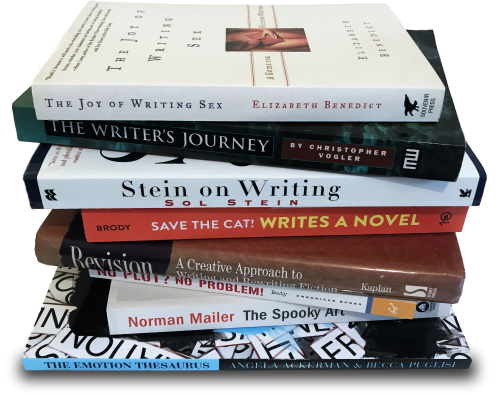
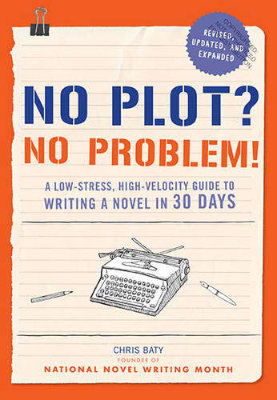
NaNoWriMo holds an annual, international creative writing event in which participants attempt to write a 50,000-word manuscript during the month of November. No Plot? No Problem! is the companion book written by founder Chris Baty. An excellent read to help you on your way and also a book to fall back on when inspiration fails to strike.
A complete story-structure guide that applies Blake Snyder’s screenwriting methodology to the world of novel writing. Discover the 15 beats (plot points) hidden in many satisfying storylines. If you’ve tried ‘pantsing’ it with NaNoWriMo, you might want to have a go at planning for your next project. Many novelists eventually find a middle ground.
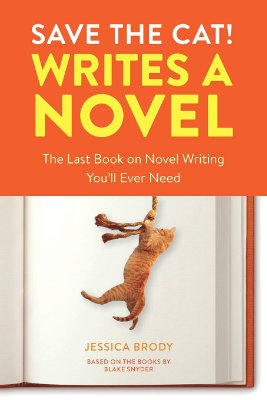

Stein on Writing provides useful advice for writers of fiction and nonfiction, whether they are newcomers or old hands. As Stein explains, “This is not a book of theory. It is a book of usable solutions–how to fix writing that is flawed, how to improve writing that is good, how to create interesting writing in the first place.” With examples from bestsellers as well as from students’ drafts, Stein offers detailed sections on characterization, dialogue, pacing, flashbacks, and trimming away unnecessary wordage.
The Emotion Thesaurus is the first book of seven from the Writers Helping Writers series. The others being–The Negative Trait Thesaurus, The Positive Trait Thesaurus, The Rural Setting Thesaurus, The Urban Setting Thesaurus, The Emotional Word Thesaurus and The Occupation Thesaurus. With its easy-to-navigate list format, The Emotion Thesaurus is quick to offer alternatives to the tired and tested turns of phrase that we might initially employ.
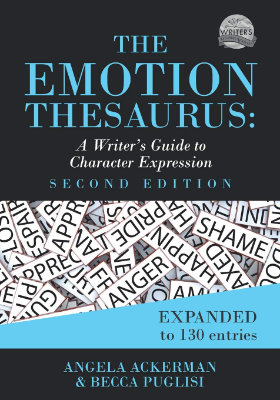
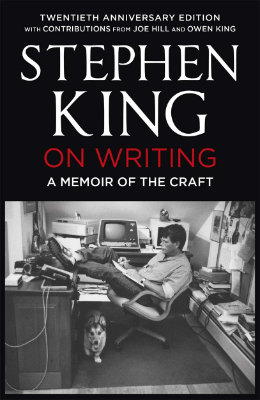
Not the traditional how-to book on writing. A mixture of memoir and sound advice on the craft. The book begins with Stephen King’s autobiography which is fascinating and harrowing by equal measures. The middle section deals with the nuts and bolts of the writing process. In the last chapters of the book, King tells of the horrific accident that almost killed him. He didn’t know whether he would ever walk again. This section is life affirming as it describes his rehabilitation and how getting back into writing, saved his life.
A reframing of Joseph Campbell’s seminal work The Hero with a Thousand Faces, where ancient stories of man’s eternal struggle for identity, are examined and deconstructed.
Vogler brings the concepts right up-to-date by applying the structure of myth and legend to modern media, and in particular, film. If you are at all familiar with the terms ‘The Archetypes’, ‘Call to Adventure’ and ‘Refusal of the Call’ then you will have already encountered their philosophy.


One of the most celebrated and controversial men of post WWII American letters collects together his thoughts, theories, observations, and experiences as a writer over six decades. Frank and conversational, the book is a compilation of reviews, essays, and interviews, aimed at all serious writers, students, critics, and readers but, perhaps primarily, at young novelists who wish to improve their skills and develop their craft. The book is organised into two parts: Part I has section on aspects of literary life, craft, philosophy, and psychology; Part II looks at genre and some giants of the novel, including Mailer’s influences, contemporaries and rivals.
The Literary Review Bad Sex in Fiction Award, handed out annually, is a testament to fact that even accomplished writers can stumble over sexual description. The award was cancelled in 2020 because of the pandemic but that isn’t a green light to write bad sex. Benedict answers some of the questions we’re too nervous to ask: So what do we call it? And demonstrates how sex scenes can support and advance the story – as every scene should – and illustrates the point using examples from mainstream literature.
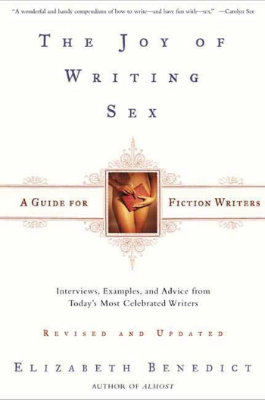
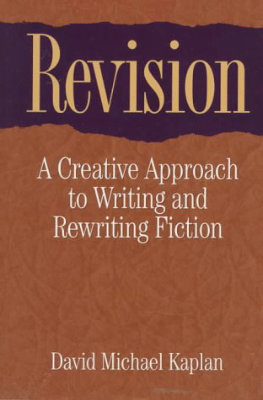
Writing is rewriting, as they say. This book is well worth reading even before you put your first draft down on disk, as there are strategies you can employ that will soften the emotional toll of editing. Understanding the process can help you avoid unnecessary pitfalls. They also say ‘a work of art is never finished, only abandoned’, but you may as well make the most of all your hard work.
Originally written in 1918 by Strunk and expanded and revised by White in 1959, this book is still regarded as one of the most important and influential guides to style writing in English. Concise and pragmatic, it is a handbook designed to help produce writing that is clear and understandable, with no word superfluous or incorrectly used. The book is split into sections on usage, composition, form, and words that are commonly misused or misspelt.
